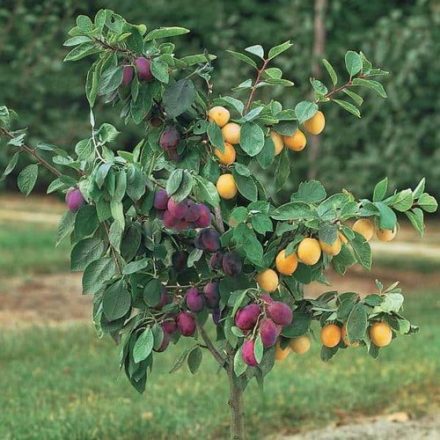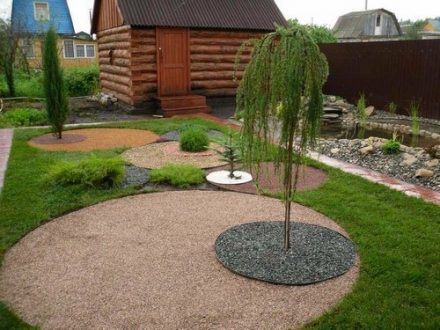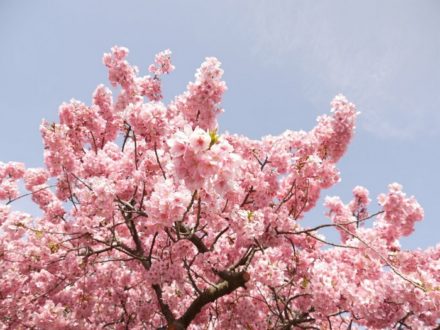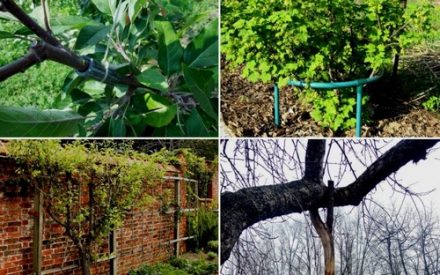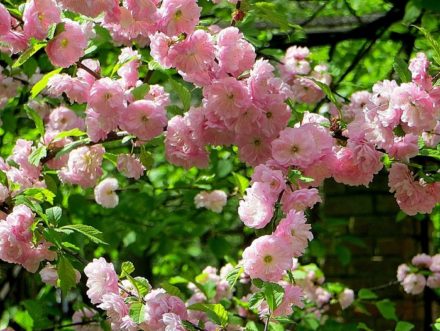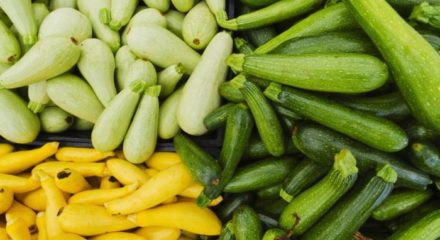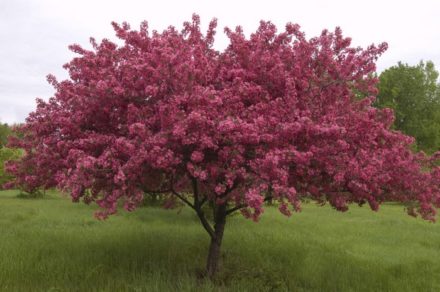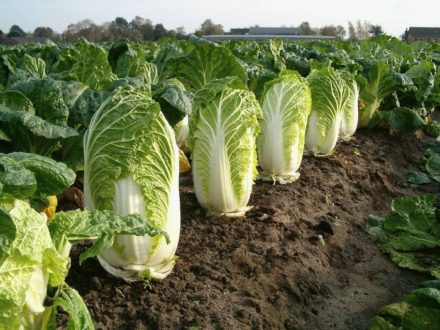Fragrant linden blossom can be brewed and drunk instead of tea. The drink is not only tasty, but also healthy. However, collecting linden flowers on city streets is unsafe. Here plants absorb harmful emissions coming into the atmosphere from factories and highways. The best solution in this situation is to plant a linden tree in your garden. There are 4 ways to propagate a tree.

Planting shoots
Reproduction by shoots is the fastest way to get new linden specimens. Young plants growing 2-3 m from an adult tree are best suited for this purpose. Such seedlings are the strongest and most viable. This method is also suitable if it is necessary to propagate a varietal tree. The shoot has all the characteristics of the mother specimen.
The procedure for planting such a seedling is extremely simple. Its root is cut off with a sharp shovel from the roots of the mother specimen and planted in the planned place:
- The planting hole should have dimensions of 50x50 cm and the same depth.
- A drainage layer 15 cm thick is laid on the bottom.
- Then compost or humus is poured into the hole with the addition of 2 tbsp. spoons of superphosphate.
- The hole needs to be filled with a fertile soil mixture consisting of turf soil, humus and sand in a ratio of 1:2:2.
- First, a mound is poured, then a seedling is placed vertically in the center of the hole, evenly distributing its roots.
- After this, add soil to the top and lightly compact it.
As a result, the root collar of the seedling should be at soil level or slightly lower. After planting, abundant watering is carried out and the tree trunk circle is mulched with pine bark or sawdust. If it is not possible to obtain shoots, a seedling for planting is purchased from a nursery.
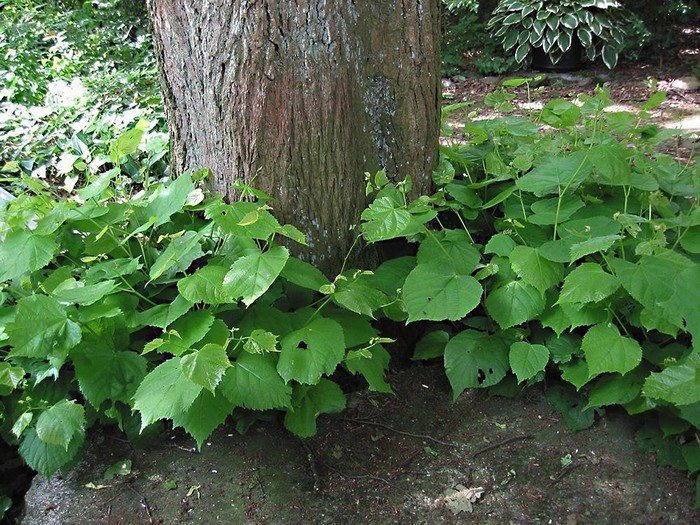
Propagation by cuttings
Linden is propagated by cuttings in spring and autumn. In spring, young green branches are used to prepare cuttings, dividing them into segments 15 cm long. Each cutting should have 4-5 developed buds. At the top, the cut is made at a right angle above the kidney, at the bottom - at an angle of 45°, 1 cm below the kidney.
Cuttings are taken early in the morning or in rainy weather. Increased humidity reduces the evaporation of moisture from the cutting, which increases the chances of rooting. Then the cuttings are soaked in a solution of “Kornevin” or “Epina” according to the instructions, after which they are planted in the ground, deepened by 1.5 cm. To begin with, the cuttings are placed in a shkolka, planted at intervals of 20 cm.
In hot weather, it is necessary to organize shading for seedlings. Next year, young linden trees can be transplanted to a permanent location. If cuttings are harvested in the fall, they are stored in the basement until spring at a temperature of 0–4 °C and air humidity of 60%. In the spring, they begin to root the material using conventional technology. If the roots have already sprouted during storage, the step of soaking in growth stimulants is skipped.
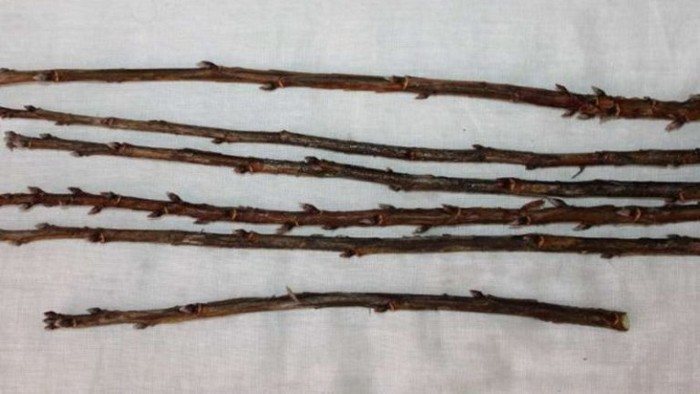
Rooting cuttings
Reproduction by layering is used if a linden tree of the variety that is planned to be propagated is already growing on the site. Start the procedure in early spring before the juices begin to flow. To obtain layering, use the lower branches.They are bent to the ground and placed in shallow grooves, secured with metal brackets, and then covered with earth.
During the summer, the cuttings are regularly watered. Periodically, water for irrigation is replaced with a solution of nitrogen fertilizers. The buds that have awakened in the ground will give rise to young shoots, which will become new linden specimens. Seedlings can be separated from the mother plant after 2 years.
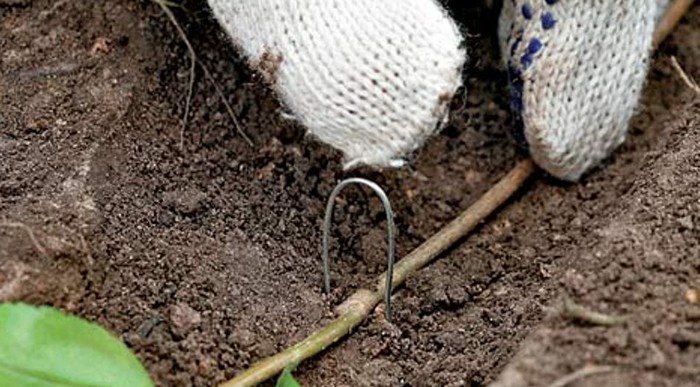
Sowing seeds
At home, it is not advisable to use the seed propagation method. Breeders resort to this method when developing new varieties. This process is incredibly long, it takes up to ten years. Those who want to decide on such an experiment should wait until the linden blossoms, which usually occurs in mid-July.
After the petals fly around, fruits with seeds appear on the inflorescences. You can collect seeds both in summer and autumn; the degree of maturity does not matter much. Seed material requires stratification. The seeds are placed in a container with damp sand and stored in a cool place for 6 months. The sand is periodically moistened with water, preventing it from drying out.

In spring, seeds are sown in open ground and wait for seedlings to emerge. Not all seeds germinate; you need to be prepared for this. The emerging sprouts require careful care for the first 2 years. They are watered, weeded and fertilized. For the winter, young plants require shelter. Only after the trees have grown stronger are they moved to a permanent location. The first time after transplantation, they also need careful care (watering, shading).
To grow an adult linden tree from a young seedling, you need to be patient.Young plants need care and proper care. After the tree gets stronger, it can be allowed to develop on its own. A grown linden tree will definitely thank its owner by the appearance of fragrant inflorescences, from which a honey-colored drink with a very pleasant aroma is obtained. Linden tea is especially useful during colds. It will also help with nervous tension, insomnia, and digestive problems.



